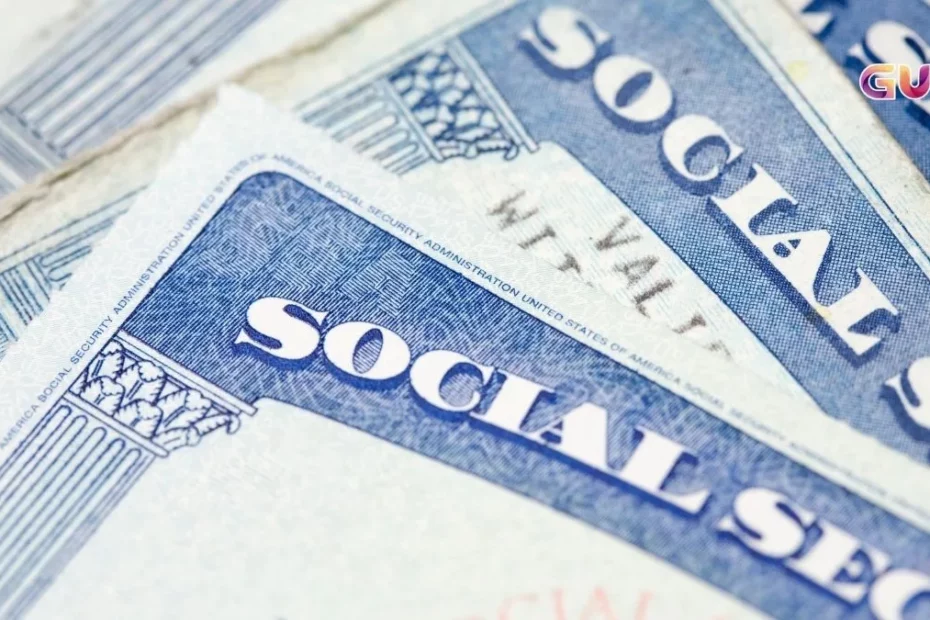Social security changes: Things are about to get a whole lot different for Social Security in 2025 — and if you were born after 1960, your way to receiving full retirement benefits just changed again.
Americans had been linking age 65 to total retirement for many decades. That benchmark is now officially obsolescent. Starting May 2025, the Social Security Administration (SSA) pushed the Full Retirement Age (FRA) to 67 for anyone born in 1960 or later — the last phase of a gradual policy formulated since 1983.
What Changed?
Short answer: you’ll have to wait longer to qualify for full Social Security benefits — and if you take benefits early, your monthly payment may be lower forever.
Here’s the revised breakdown by birth year:
Birth Year Full Retirement Age (FRA)
- 1955 66 years and 2 months
- 1956 66 years and 4 months
- 1957 66 years and 6 months
- 1958 66 years and 8 months
- 1959 66 years and 10 months
- 1960 or later 67 years
These adjustments are part of a long-term strategy intended to account for increased life expectancy and lowering pressure on the Social Security trust fund, which is expected to run out in 2033.
What About My Social Security Card?
Your Social Security card is still your ticket to retirement benefits, Medicare, and identification of many types. Although the card itself does not change, eligibility for full retirement based on it now starts later — so your FRA is more crucial than ever.
If you’re approaching 62, you can still receive early benefits — but that choice has real penalties. Based on SSA rules, taking benefits at full age 62 rather than 67 might lower your monthly payments by up to 30%. Say you’d get a $1,000 benefit at full age. That would fall to $700 if you take early benefits.
Those who wait past their FRA through age 70 are eligible to earn delayed retirement credits. These add up to 8% more a year to monthly benefits. That same $1,000 benefit would swell to $1,240 if you wait until 70 — a 24% increase just for waiting.
It’s a tactical decision — and one that could have a huge impact on your retirement dollars.
Why This Matters Now
Over 4 million Americans will celebrate their 65th birthday in 2025, one of a swelling tide of Baby Boomers reaching retirement age. They are shocked to discover that 65 is no longer the goal line — they’ll have to work, plan, or save longer to avert lower benefits.
This is the final planned hike in the retirement age in accordance with the 1983 amendments, yet further alterations might be on their way. Legislators continue to disagree on how to address Social Security’s long-term financial difficulties.
Political Push and Future Outlook
In March 2024, Republicans in the House of Representatives introduced a federal budget with additional retirement age hikes for future generations. Democrats such as Sen. Sheldon Whitehouse and Rep. Brendan Boyle have refiled legislation to raise the income threshold on Social Security taxes — aimed at high-income earners earning more than $400,000.
If it doesn’t change, the Social Security trust fund may run dry by 2033, with only 77% of the promised payments going to beneficiaries, the Social Security Board of Trustees reports.
If you’re nearing retirement, it’s important to:
- Know your FRA depending on your birth year
- Get the effects of early or delayed claims
- Protect your Social Security card for access to benefits
- Plan financially according to your retirement schedule and health requirements
The rules have changed — and waiting to claim could mean a bigger monthly check for the rest of your life.
